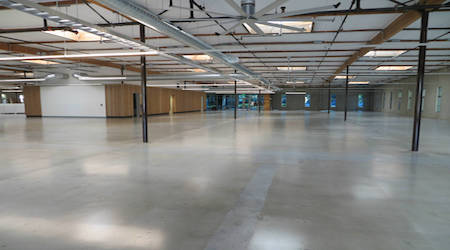SIDEBAR: Two Financing Options for Deep Energy Retrofits
Part 3 of a 3-part article exploring how deep energy retrofits can dramatically cut energy use.
Michael Bendewald, a manager on the buildings team at the Rocky Mountain Institute, described two potential funding sources for deep energy retrofits:
1. PACE (Property Assessed Clean Energy): “I’d encourage every facility manager to look at whether their building qualifies for PACE financing,” he says. “That is an amazing product.” The program enables owners of commercial and industrial properties to obtain low-cost, long-term financing for energy-efficiency, water conservation, and renewable-energy projects. PACE legislation for commercial property has been adopted in 29 states and the District of Columbia. Here’s how it works: “PACE statutes authorize municipalities and counties to work with private-sector lenders to provide upfront financing to property owners for qualified projects, and to collect the repayment through annual assessments on the property’s real estate tax bill. The term of PACE financing may extend up to 20 years, resulting in utility and other cost savings that exceed the amount of the assessment payment.”
Bendewald adds, “So your property tax increases, but it’s structured so that the property taxes, which are paid back over 20 years and can be passed to tenants, are less than the projected energy cost savings. From day one, your building operating costs go down slightly, and you get new energy-efficient equipment with improved control capabilities. You have a 20-year loan on the building that automatically can stay with the building if you sell.”
2. Utility On-Bill Financing: This program tends to be for smaller projects, of probably less than $1 million, Bendewald says.
“If structured properly,” says the American Council for an Energy-Efficiency Economy (ACEEE), “an OBF program can substantially reduce the cost of and improve access to financing. In many cases, the product can be ‘bill-neutral,’ meaning that energy savings are sufficient to cover the monthly payments for the financing so that the total monthly charge on utility bills is less than or equal to the pre-investment amount.”
Among the online sources of information about OBF are the American Council for an Energy Efficient Economy and the Natural Resources Defense Council.
— Ronald Kovach
Related Topics:














